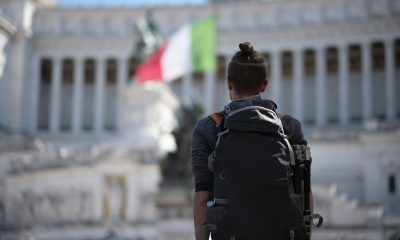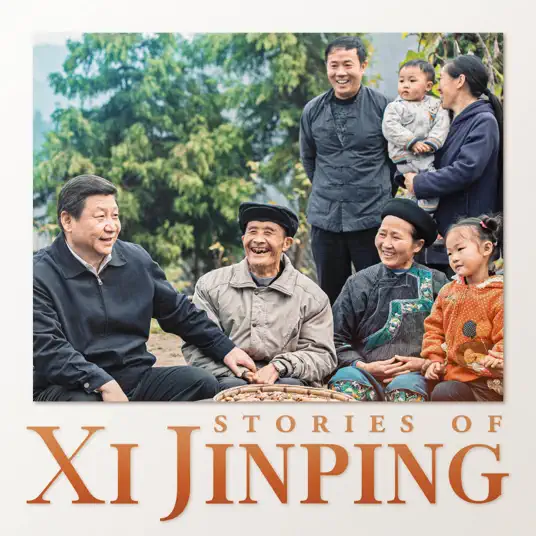Africa
European Union's co-operation with Africa on migration

 Questions and Answers: Facts and Figures on co-operation with Africa.
Questions and Answers: Facts and Figures on co-operation with Africa.
How does the EU cooperate with Africa on migration?
On the basis of its Global Approach to Migration and Mobility (GAMM) – the overarching framework of the EU external migration and asylum policy – the EU is running a broad dialogue with countries on the African continent on migration and mobility at bilateral, regional and continental levels:
- Continental level, with the African Union. A key political declaration on migration and mobility was endorsed by the Heads of State and Government at the EU-Africa Summit in April 2014. It reiterated the parties shared commitment to, amongst others, fight irregular migration and to address all its relevant aspects, including prevention, strengthened migration and border management, smuggling of migrants, return and readmission, as well as addressing the root causes of irregular migration and enhance cooperation to address trafficking of human beings, and offering international protection. The above mentioned declaration is underpinned by an Action Plan (2014-17), and the necessary financial resources.
- Regional level, with policy dialogues with countries along the western migratory route (Rabat Process) and the eastern migratory route (Khartoum Process). The regional dialogues are underpinned by concrete action plans and financial resources.
- Bilateral level, with specific political agreements concluded with Morocco, Tunisia, Cape Verde and Nigeria. These political agreements are matched by concrete actions, including a wide range of programme and project support, that aim to contribute to institutional and legislative reforms and capacity building in partner countries.
What is the EU-Africa Migration and Mobility Dialogue?
The Africa-EU Migration, Mobility and Employment (MME) Partnership was launched during the second Africa-EU Summit of Heads of State and Government in December 2007 in Lisbon, where the Joint EU-Africa Strategy and the First Action Plan (2008-2010) were adopted.
The EU-Africa Summit in 2014 gave new impetus to the cooperation on migration: In addition to the declaration on migration and mobility, an action plan 2014-2017 was also adopted, focusing on the following priorities:
- Trafficking in human beings
- Remittances
- Diaspora
- Mobility and labour migration (including intra-African mobility)
- International protection (including internally displaced persons)
- Irregular migration
What is the Rabat Process?
The Rabat Process was first launched at the first Euro-African Ministerial Conference on Migration and Development in July 2006 in Rabat. It brings together governments of 55 European and African countries from North, West and Central Africa, together with the European Commission and the Economic Community of West African States (ECOWAS). The objective is to enhance dialogue and cooperation on migration more broadly (legal migration and mobility; prevention of irregular migration and measures to counteract it; migration and development; international protection), as well as to identify common priorities in order to develop operational and practical cooperation.
The Rabat Process has established a solid and fruitful dialogue between the EU and countries in North, West and Central Africa, and has fostered enhanced cooperation through the implementation of bilateral, sub-regional, regional and multilateral initiatives. The Seahorse Atlantic Network is an example of a concrete cooperation at regional level between Spain, Portugal, Senegal, Mauritania, Cape Verde, Morocco, Gambia and Guinea Bissau. It enables the information exchange between authorities along the Western African coast in order to prevent irregular migration and cross-border crime.
The fourth Euro-African Ministerial Conference on Migration and Development took place in November in Rome. The Rome Declaration and Programme for 2015-17, adopted during this conference, identified two main priorities for future action: 1) strengthening the link between migration and development, and 2) the prevention and fight against irregular migration and related crimes, namely trafficking in human beings and smuggling of persons. It also introduced international protection as one of the four pillars for cooperation aligning them with the Global Approach to Migration and Mobility. Last week, the Steering Committee discussed the operationalization of the Rome Declaration and the Programme.
How is the EU providing financial support to the Rabat Process?
Specific support to the Rabat Process is included in the Annual Action Programme 2014 under the Pan-African Programme of the Development Cooperation Instrument, through which the EU is funding an action supporting the migration and mobility dialogue with the African Union. In addition, the EU is funding through the Development Cooperation Instrument (DCI), the European Development Fund (EDF) and the European Neighbourhood Instrument (ENI) an important number of migration-related actions at bilateral and regional levels that support the implementation of various commitments taken under the Rabat Process. For instance, under the 10th European Development Fund, the EU is funding a €26 million project to support the free movement of persons and migration in West Africa. The project is implemented in joint management with the International Organization for Migration (IOM). The overall objective is to support the effective implementation of the ECOWAS Free Movement of Persons Protocols and ECOWAS Common Approach on Migration. The EU also envisages continued funding in the area of migration under the 11th European Development Fund which should be signed in the first half of 2015. As part of the Sahel Regional Action Plan, the EU will reinforce the development-migration nexus and mainstream migration into the EU and Member States' collective actions based on the Global Approach to Migration and Mobility and the Rabat process.
What is the Khartoum Process?
The Khartoum Process was launched at a Ministerial Conference in November 2014 in Rome. The objective is to establish a long-standing dialogue on migration and mobility aimed at enhancing the current cooperation, including through the identification and implementation of concrete projects. In the first phase, activities should concentrate on addressing trafficking in human beings as well as smuggling of migrants.
The Khartoum Process is led by a Steering Committee comprised of five EU member states (Italy, France, Germany, UK, Malta), five partner countries (Egypt, Eritrea, Ethiopia, South Sudan, Sudan) as well as the European Commission, the European External Action Service and the AU Commission on the African side.
How is the EU providing financial support to the Khartoum Process?
The Khartoum Process will be directly supported under the "Support to Africa-EU Migration and Mobility Dialogue" programme (€ 17.5m under the Pan-African Programme).
Additional initiatives are planned to implement actions in line with the Ministerial declaration of November 2014, including a project on Addressing Mixed Migration Flows in East Africa (€5m under the Development Cooperation Instrument- Global Public Goods and Challenges thematic programme (DCI-GPGC), to be implemented by Expertise France) and a project on support to EU law enforcement cooperation along the Horn of Africa Migration Route (€0.75m under the Internal Security Fund for police cooperation). Under the forthcoming Regional Indicative Programme for East Africa, South Africa and Indian Ocean region of the 11th European Development Fund, a cross-regional envelope of €25m has been earmarked for migration in this region, with a particular focus on the Khartoum process, including the need to address international protection needs.
For the full report, click here.
Share this article:
-
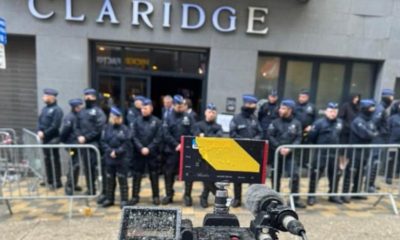
 Conferences3 days ago
Conferences3 days agoNatCon’s on-off conference halted by Brussels police
-

 Mass surveillance4 days ago
Mass surveillance4 days agoLeak: EU interior ministers want to exempt themselves from chat control bulk scanning of private messages
-
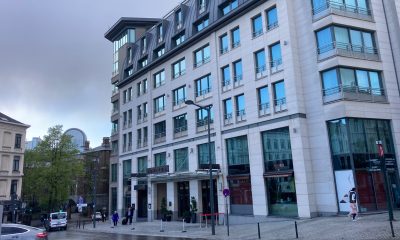
 Conferences4 days ago
Conferences4 days agoNatCon conference to go ahead at new Brussels venue
-
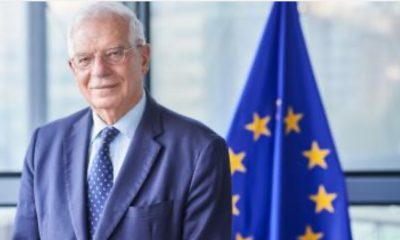
 European External Action Service (EAAS)4 days ago
European External Action Service (EAAS)4 days agoBorrell writes his job description

